HPLC and GC: 6 Fundamental Differences Made Simple to Enhance Your Research
Need to get a handle on the fundamental differences between HPLC and GC to pick one for your studies? Here’s a quick explainer!
Join Us
Sign up for our feature-packed newsletter today to ensure you get the latest expert help and advice to level up your lab work.

Need to get a handle on the fundamental differences between HPLC and GC to pick one for your studies? Here’s a quick explainer!

In biosciences, we purify our target molecules using chromatography. So, we need a thorough understanding of how chromatography works!

Homology modeling is a powerful tool that enables you to predict protein structures. But how do you do it? Read on to find out.

Do you need a way to estimate the molecular weight of a sample or protein? We walk you through one simple solution using a gel filtration chromatogram.
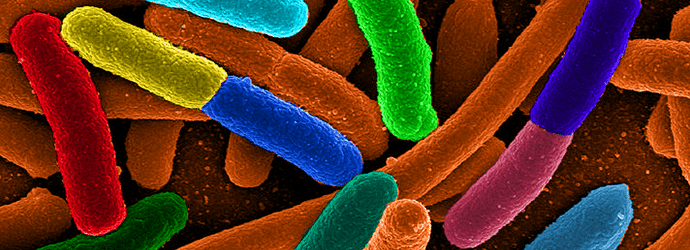
You’ve cultured your cells and completed your treatments, now it’s time to harvest them and proceed to the downstream effects. Cell lysis is the crucial stage that determines if your experiment has a chance of producing the data that you have been waiting for. Part of the starting biological material is inevitably lost on each…
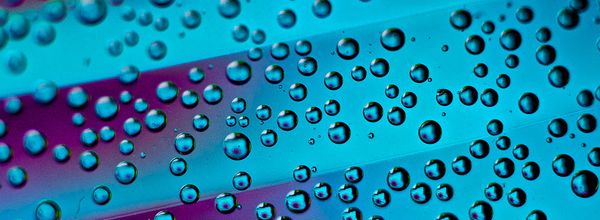
Bubbles isn’t just the name of my favorite cartoon character from Power Puff girls, or just the best activity for a kid to play with, in general. In my adult world, they stand for a whole lot more, but can still cause extreme emotions. At the lab bench, seeing bubbles brings happiness or sadness depending…
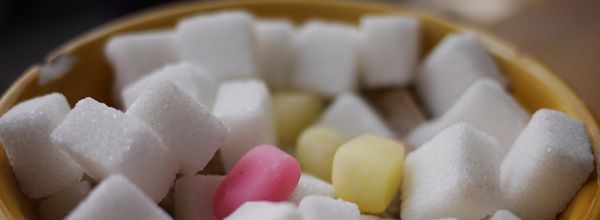
You might have come across protein glycosylation before. Somewhere in the recesses of your memory you might even recall reading something about the protein you’re studying being glycosylated, but what does this mean and how do you analyze it? Glycosylated proteins are molecules decorated with sugar groups as they pass through the ER and Golgi…

One of my favorite things about being a biochemist is to imagine everything at the molecular level—sometimes, in very corny ways. I envision the proteins I pipet and mix as dynamic characters in a molecular soap opera that intermingle with each other in complex ways. The biomolecular characters in my soap opera interact and react,…
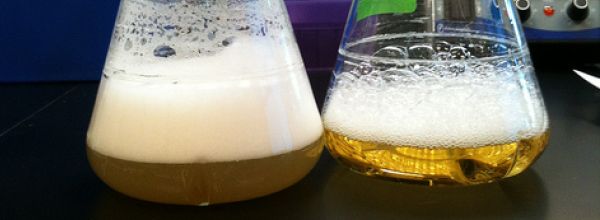
So, you have successfully cloned your gene of interest and are eager to purify buckets of protein. No matter your eventual application—kinetic experiments using a SPR instrument, structural analysis using X-ray crystallography, or any other experiment—you’ll need to express your protein first. Now, it’s time to put your expression plasmid into E. coli and get…

In my last article, I discussed how to best keep your lab’s HPLC running smoothly. However, even the best-maintained HPLCs and columns need periodic cleaning. Today, I’ll describe how to identify and troubleshoot a clogged HPLC column. Columns ARE Finite First of all, it’s important to realize that columns do have a finite lifetime. The…
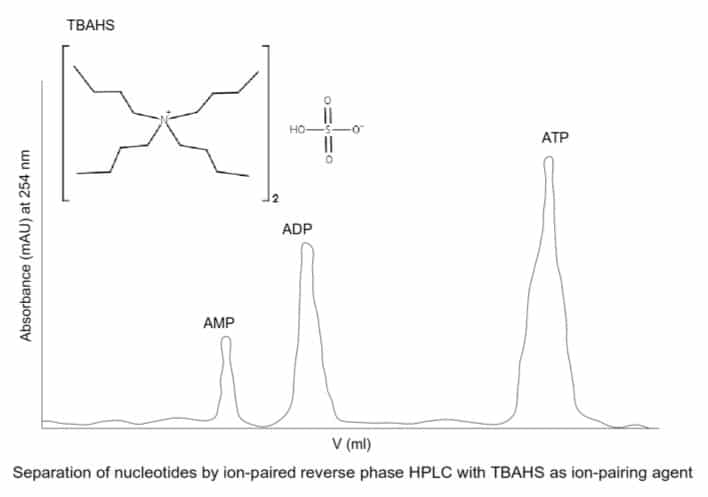
If you work in the field of molecular biology, there is hardly a day that goes by that you don’t use nucleotides. But beyond the use of the four well-known deoxynucleotides in PCR, you can use nucleotides for several other applications. For example, kinases and phosphatases use nucleotides as substrates, and phosphotransferases transfer phosphate group…
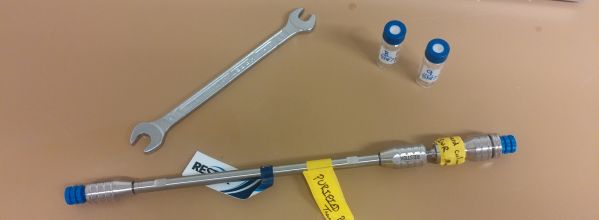
If you’re anything like me, your biggest lab fear is working with expensive equipment prone to damage. HPLC is a wonderful tool, capable of separating, identifying, and quantifying a vast array of compounds, but it requires an attentive scientist to properly handle and maintain each component. In this article I’ll describe a few basic handling…

Fourier Transform Infrared spectroscopy (FTIR spectroscopy) is a useful and exquisitely sensitive technique used to identify and quantify unknown compounds, as well as study fine molecular details. However, to obtain a meaningful IR spectrum, it is not only important to prepare the sample correctly but also to learn how to clean the apparatus that houses…
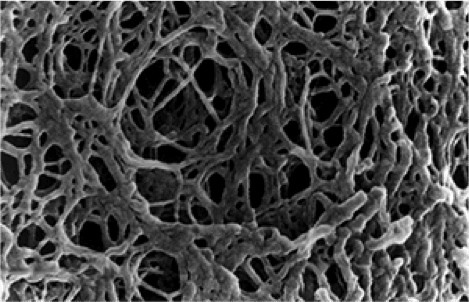
Do you use pre-packed Superdex 75 or Superdex 200 columns for gel filtration chromatography? Ever wonder if other media could better address your purification needs? Look no further. Your quest ends here! But if you’re looking for information on gel filtration principles, check out this earlier article. Choosing a Column for your Gel Filtration Experiment…

Through many trials, and lots of error, I learned that there are many considerations for mass spectrometry that might not be obvious to you as a molecular biologist. Common contaminants, even in small quantities, can mask important peaks in your mass spec data and have a huge impact on the final results.
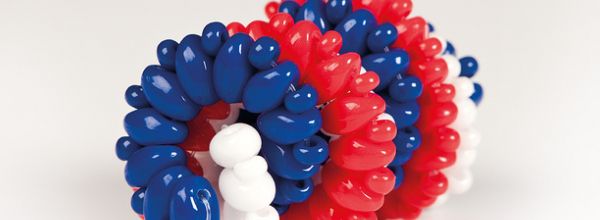
In this article I will not talk about ‘wild’ proteases, which destroy cellular proteins in your lysates like wolves destroy sheep. Instead, I’ll be talking about the shepherd dog proteases—purified, tame and useful to digest proteins your research. In Protein Research and Crystallization Several programs can predict your protein domains. However, we wet biologists know…

Put in the time now to optimize protein solubility so you don’t have to suffer later! With this in mind, here are some considerations and tips for selecting the optimal conditions for recombinant protein expression and purification.
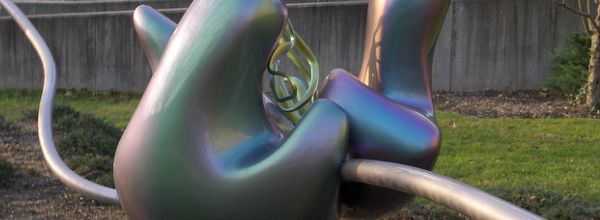
Has your supervisor asked you to do a polysome profile? Are you attempting them but running in to problems? This article will help explain what they are, the basics of the protocol and provide some helpful tips (including some things that I wish I had known when I first started out). Polysome Profiling: The Basics…

The whole TLC technique sounds easy to do, but it can be difficult and tricky during interpretation or give unexpected results, especially when working with biomolecules. For this reason, it is important to be familiar with troubleshooting thin layer chromatography. Some of the common problems faced during TLC and their solutions are listed below: Solvent…
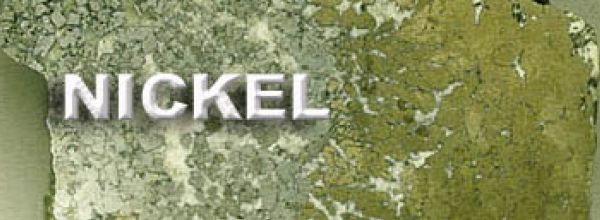
To isolate your protein, you are going to need to tag it with something that will allow you to fish it out of the bacterial protein soup. This is where transition metals can help you out!
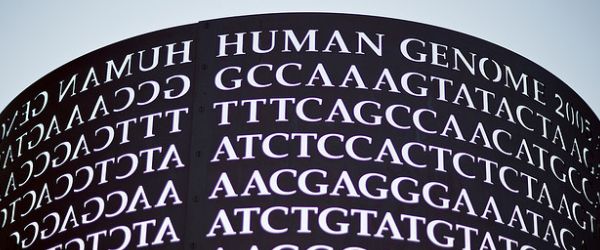
Genomics, transcriptomics, proteomics, metabolomics – words that in 2015 sound very familiar even to a freshman in any biology field. Although most have heard those words before, I keep encountering students or even post-graduates who find it difficult to explain what they are. So, to make things easier here is a peek behind the curtains…

Interested in whether your protein uses oxygen to mediate reactions? Wondering if oxygen is keeping your enzyme from its duty? Then what you need as an anaerobic tent! These tips provide some basic knowledge to help you perform experiments using an anaerobic tent. What is an anaerobic tent? Most biologists who work in oxygen-free environments…

As biochemists, we routinely run SDS-PAGE to analyze our proteins. Imagine the time and effort you are going to save when you can run every gel to perfection.

Most eukaryotic proteins exist as several isoforms, differing in posttranslational modifications, which allows them to perform slightly different functions or the same function under slightly different conditions. A common posttranslational modification of proteins is glycosylation.

While working as biologists, we often come across mixtures of compounds, and the first question that strikes our minds is ‘what are the components in this mixture?’ One might think of using chemical assays to find the presence of specific compounds. But that sounds painful, doesn’t it? Well, the good news is that thin layer…

Proteases: wild, mysterious, destructive. What are these untamed elements ravaging your precious lysate? How can a drop of EDTA or a smidge of “cocktail” protect that sample, which is gently cradling your hopes, your dreams, and your desire to survive the next lab meeting? Brace yourself for a biochem flashback: in this article, we’ll explain…

Diving deeper into protein kinases, explore the vast realm of known kinases, their amino acid targets, and the intricate process of target selection.

In the previous article in this series, we looked at the major players involved in protein phosphorylation: protein kinases, protein phosphatases, and target proteins. This time, we’ll glance over some of the tools that we can use to study various aspects of protein phosphorylation, focussing on a few I’ve personally come across. 1. Tools for…

The focus of my grad studies and postdoctoral research has been the analysis of proteins regulated by reversible protein phosphorylation. However, the number of unique facets in which protein phosphorylation can be studied is astounding, and is diverse as any niche of the biosciences. This article is the first in a series that will give…

The eBook with top tips from our Researcher community.